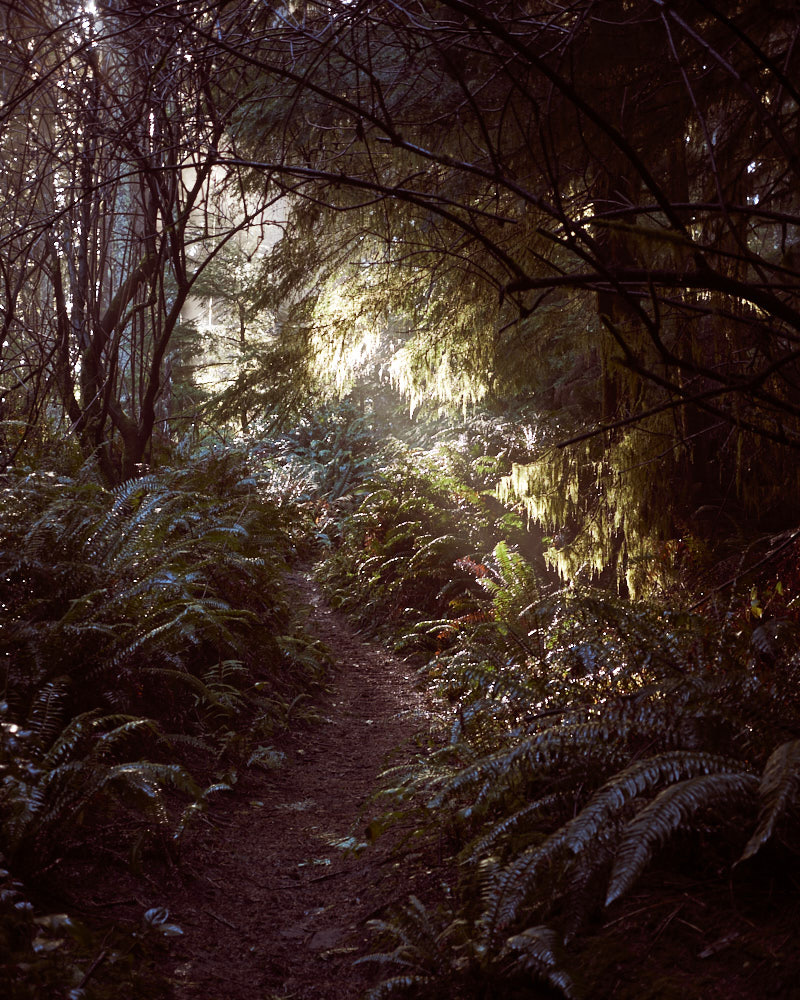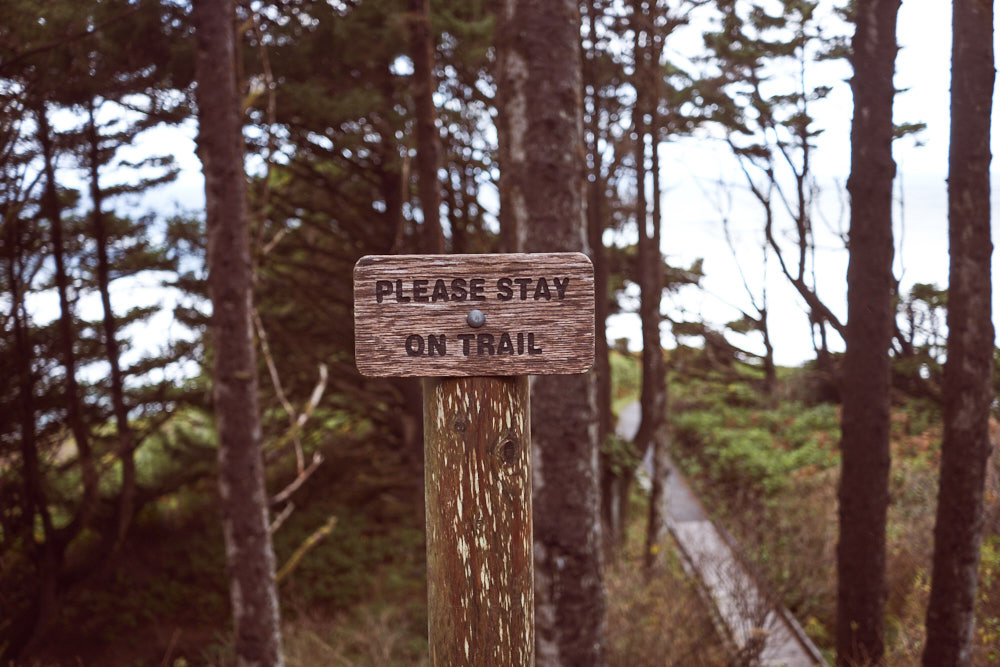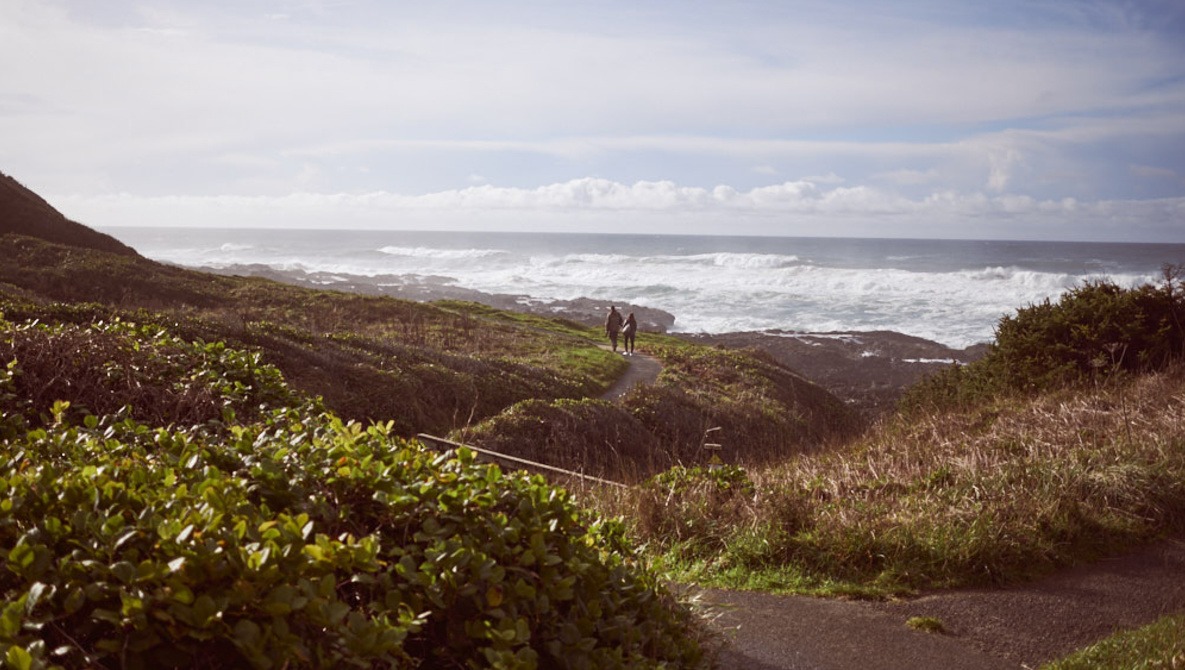As you are just beginning to learn photography, finding new subjects and techniques is as simple as picking up a camera. But as your career and art form progress, sometimes it takes a bit of positive action to keep the flame alive.
Michael Jordan is the greatest basketball player of all time. No disrespect to any LeBron fans out there, or Wilt fans for that matter, but simply no one will ever compare to Michael Jordan on a basketball court. Sure, some players are taller. Many can jump higher. There are better pure shooters. Plenty, including the aforementioned LeBron, are more impressive in their physical stature.
But still, none of them have ever been as great as Michael Jeffery Jordan. Why? Killer instinct.
It may be a cliche, but Jordan took the idea of competitive spirit to a whole new level. I was watching an episode of the sports talk show Pardon The Interruption the other day, and past Jordan-rival, present NBA commentator, Charles Barkley summed up the source of Jordan’s power in the clearest way possible. He said great players like LeBron and Steph Curry had a burning desire to win for sure. But, neither one of them would be willing to kill their first born child if it meant they would win a meaningless pickup game. Michael Jordan, on the other hand? Well, Charles couldn’t be so sure.
He was kidding, of course. I hope. But his point being that nothing, absolutely nothing, was as important to Jordan as being the best. But that level of desire requires constant refilling. Sure, getting cut from your high school team will motivate you to work harder to make the team next year. But what happens once you make the team? Sure, losing to Bird and Isaiah in previous years of the conference finals will motivate you to get to the finals. But, what drives you once you already have five championships to go for a sixth?

One thing Jordan was somewhat notorious for was manufactured controversy. He could take even the most innocent of comments and turn it into a mortal slight in his mind that would drive him not only to compete, but to crush the perceived culprit. If a rival acknowledged Jordan was the best player on the planet, all he would hear is that he wasn’t the best player in the solar system. As a result, that rival must go down. And if someone had the sheer temerity to suggest that an upcoming playoff series might even be competitive? Heaven help them.
Now, as photographers, our objective is not to crush other photographers. At least, it shouldn’t be. But, whether you do this for a living or just do it for the love of the game, as you progress in your photographic journey, you do want to be the best photographer that you can be. You want to find yourself constantly progressing and improving your skill set.
But, after you’ve been in the game for a while, mastered the basics, booked a client or two, and created a portfolio you are proud of, how do you keep things interesting?
Now, before the comments section lights up with accusations that I am comparing myself to the Michael Jordan of photography, let me go ahead and state for the record that that is not the case. I am not. And I wouldn’t want to give that impression. Nor would Jordan like it. And were he to read it, he would like come find me to dunk on me. And that would be embarrassing.
But I, like many of you, do feel the need to constantly push my boundaries in hopes of getting better at my chosen craft. And here are just a handful of ways that I’ve used to “manufacture controversy” and up my game as a result.

Limit Yourself
When you progress to a certain point in your career, you are more than likely using not only superior tools to when you started, but superior resources. And while having a better camera can’t make you a better photographer, better equipment can, at times, hide certain flaws in your game. How good at exposure are you really if you are always in aperture priority mode? How great are you at framing really if the majority of your images are cropped in post and greatly dependent on the latitude of a high resolution sensor?
These may not be formulas that you want to experiment with when your paycheck is on the line, but it may be worthwhile to set up a test shoot or a personal project where you don’t have all your regular tools at your disposal. Maybe leave the lens case at home and limit yourself to a 35mm prime. Maybe set a rule of no post-production adjustments for this particular project. Maybe set a goal of only shooting in manual mode for a month. You may be surprised to find certain areas you may be lacking. Or, you may find the challenge an opportunity to sharpen an existing skill and gain better control of your work.
Draw Inspiration From Another Medium
If you’re reading this, there’s a pretty good chance that you are passionate about the art of photography. But, just in case any of your were unaware, it is worth noting that photography isn’t the only art form.
I, for one, am a major cinephile. Movies were my first love, and continue to be even as I make my living one frame at a time. But, as I look at my own work, there’s no question of the influence of movies on the way I take photographs. Likewise, inspiration can be drawn from multiple other sources as well. Rembrandt never used a Hasselblad, yet the most popular form of photographic lighting is named in his honor. I can’t sing or play the guitar, but musical rhythm and movement can be instrumental in helping to capture decisive moments and pure emotion.
If you’re feeling oversaturated with photographic tips, perhaps you could try studying the greats in other art forms and seeing what lessons you can apply to life behind the camera.

Go Outside Your Comfort Zone
I’ve written at length before about the importance of finding your niche. It is essential both to excelling creatively and professionally that you find what it is you are best at and maximize that potential. But that doesn’t mean you have to stop there.
Coming up with self-assignments that push the boundaries of your usual aesthetic or subject matter can help you grow as a photographer and may even allow you to bring those new skills back into your main line of work.
I, for example, shoot mostly on-body fashion for fitness and activewear advertising. But doing some still life or product photography can help me to look at lighting in a new way. It can also limit me by taking away my ability to connect with a subject and tease a performance out of them. A sneaker is, well, a sneaker. And no matter how sweetly you may talk to it, it’s never going to adjust its performance. The photographer has to manufacture the performance through lighting and composition.
Doing a product photography series adds to my skill set, gives me more tools to bring back to set (sometimes you have to manufacture a performance from a live model too), and even provides me a new line of potential income.
This is, of course, just an example. The same could be said for a fashion photographer shooting landscapes, a landscape photographer doing architecture, and so on. The idea is to try something new every day. The result may not make it into your portfolio, but, in the long run, the activity may make you a better photographer.
There are numerous ways you can keep the fire alive and continue to develop as a photographer. But it all starts with a burning desire to be better today than you were yesterday. We may not all have an opportunity to win an NBA Championship, but we can all push ourselves just a little bit further to becoming the best artist that we can be.







For a split second, I read this as keeping "Fyre" alive and I was like, WHY!?
I find 2 things that keep me taking new pics and improving as often as possible is reviewing and critiquing other photographers work and being motivated by seeing a picture that makes you cringe and wanting to do better (matter of opinion of course).
At first I thought the same as MJ but am glad I read the article.
The techniques in the article are great. Mentoring newer photographers also is a great way to improve your own skills. Answering questions really makes you think about things you do as a photographer and why.